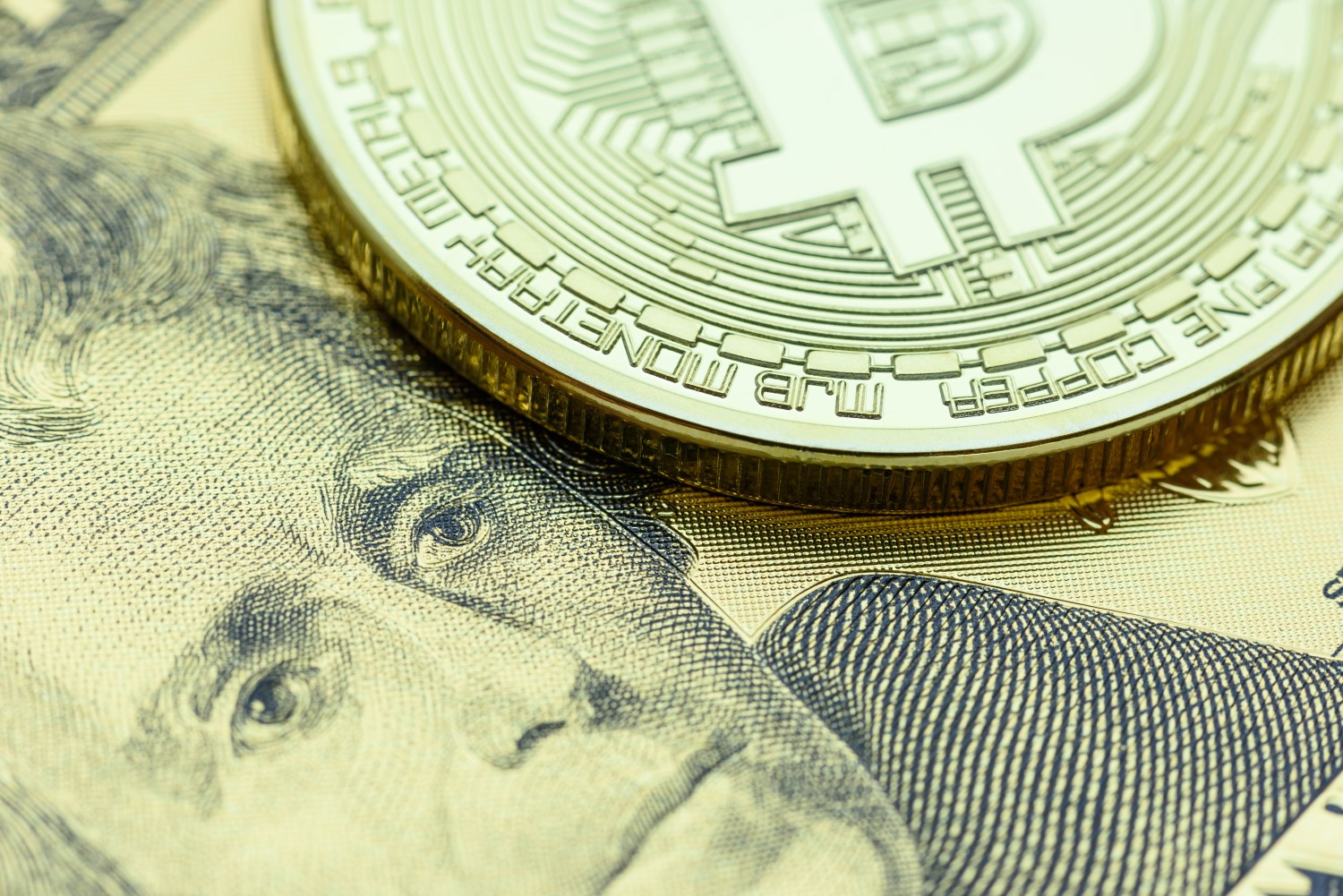Ethereum Developers Cement Final Lineup of Changes in ‘Dencun’ Upgrade
Ethereum developers agreed Thursday on the full scope of the network’s upcoming upgrade, called “Dencun.”
The upgrade, also known as a hard fork, expected later this year, includes five Ethereum Improvement Proposals (EIPs) that designed to add more storage for data and reduce fees.
At the heart of this upgrade is EIP-4844, more commonly known as proto-danksharding. This feature will scale the blockchain by making more space for “blobs” of data, which then is expected to decrease gas fees for layer 2 rollups.
The other EIPs that made the cut are:
-
EIP-1153 – to reduce fees for storing data on-chain, and therefore improve blockspace.
-
EIP-4788 – to improve designs for bridges and staking pools.
-
EIP-6780 – to get rid of code that could terminate smart contracts.
“We also will not add anything else to the fork,” said Tim Beiko, protocol support lead at the Ethereum Foundation, during the All Core Developers Execution Layer 163 call.
There’s no exact date for when the hard fork will happen, but it’s supposed to go live by the end of 2023.
Dencun includes simultaneous upgrades happening on the two sides of the blockchain. The “Cancun” upgrade will happen on the execution layer, where all protocol rules reside, while the consensus layer, which makes sure that blocks are validated, will go through its own fork known as “Deneb.” The name “Dencun” is a portmanteau of the names of the simultaneous upgrades.
Now that developers have an idea of the full scope of Dencun, more rigorous testing of the upgrade can commence.







